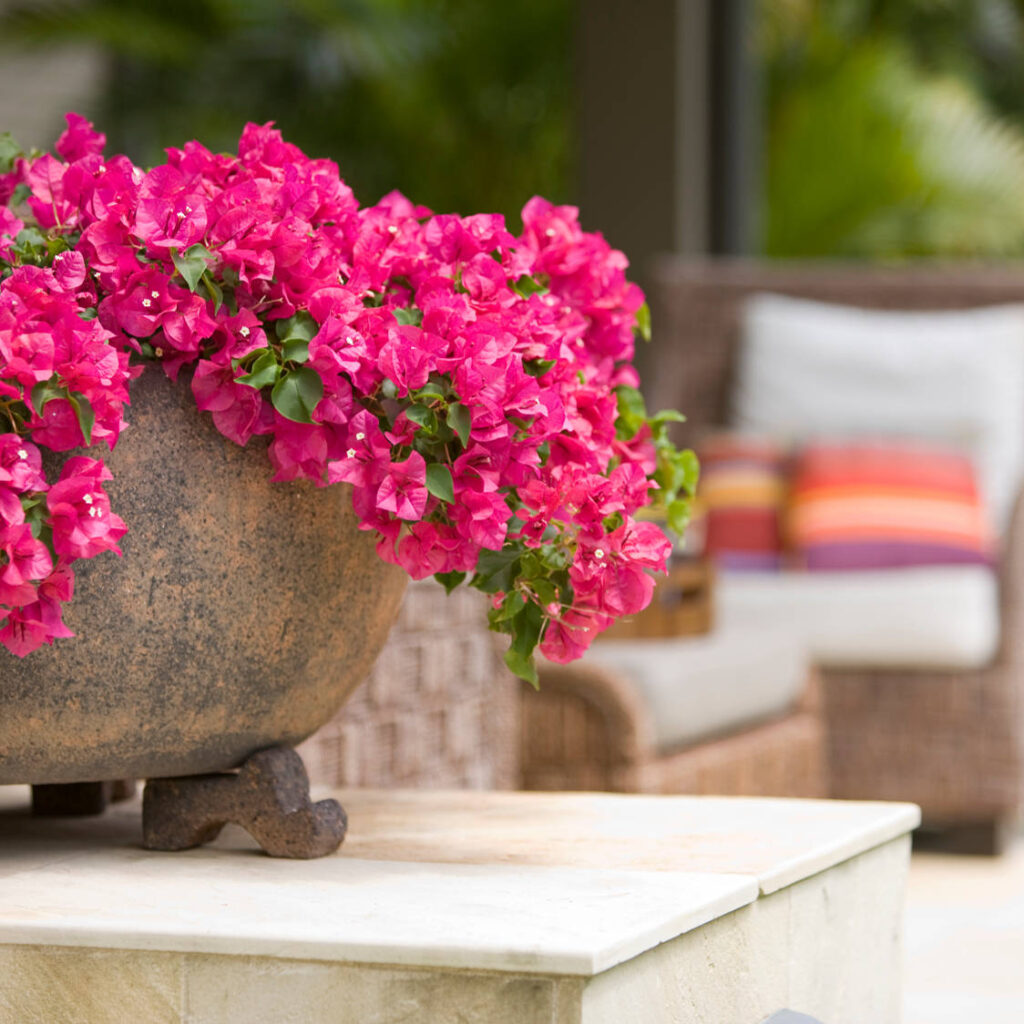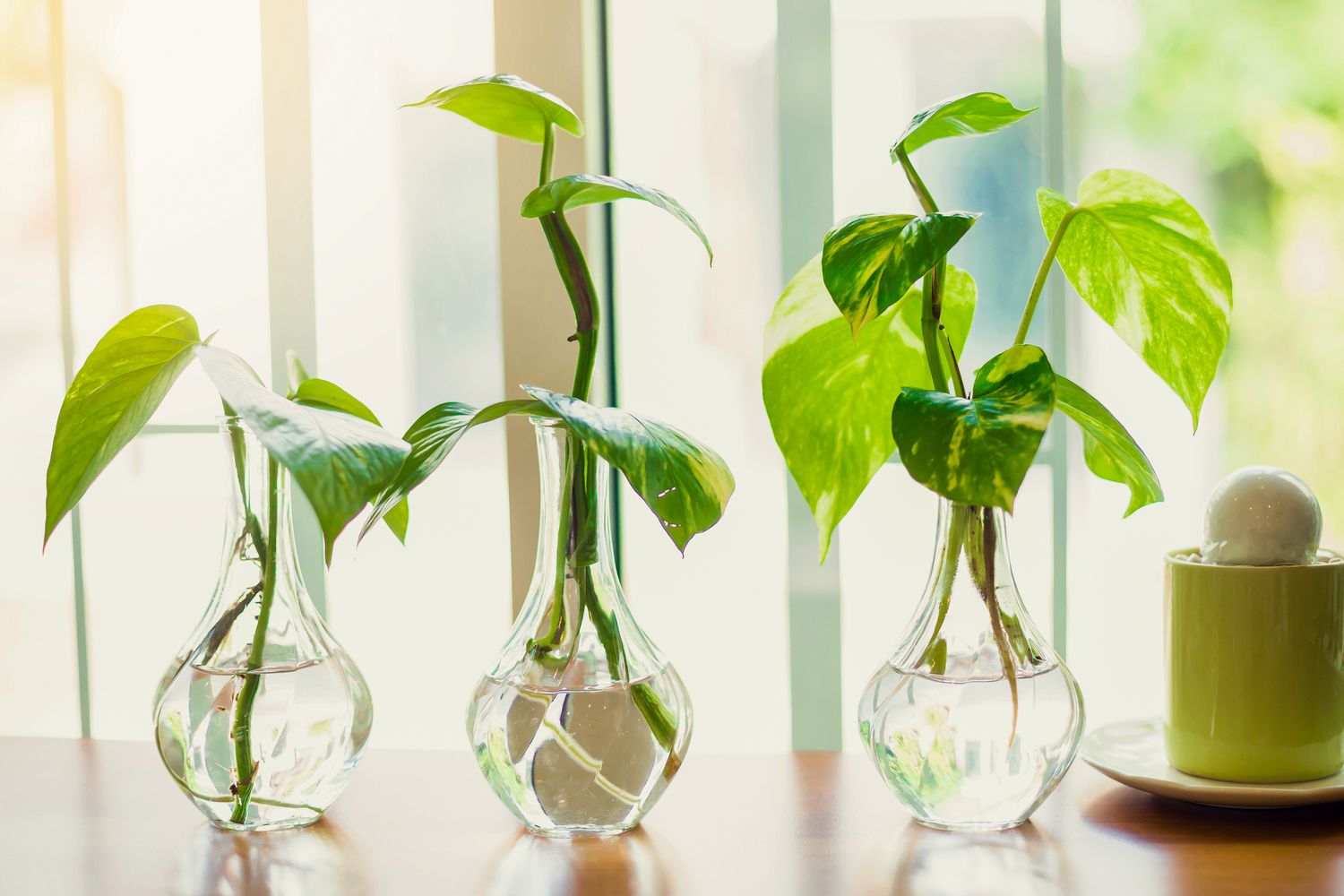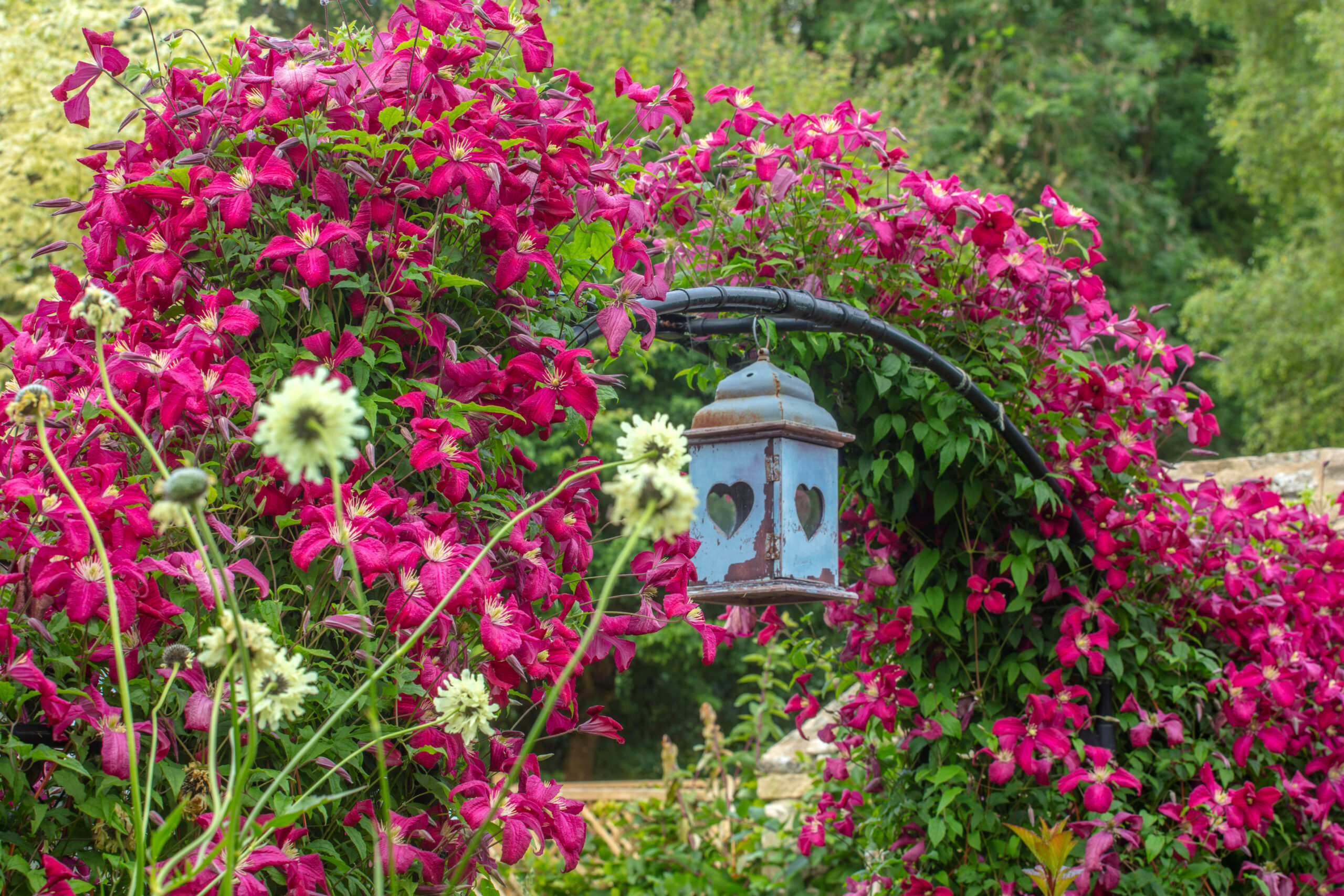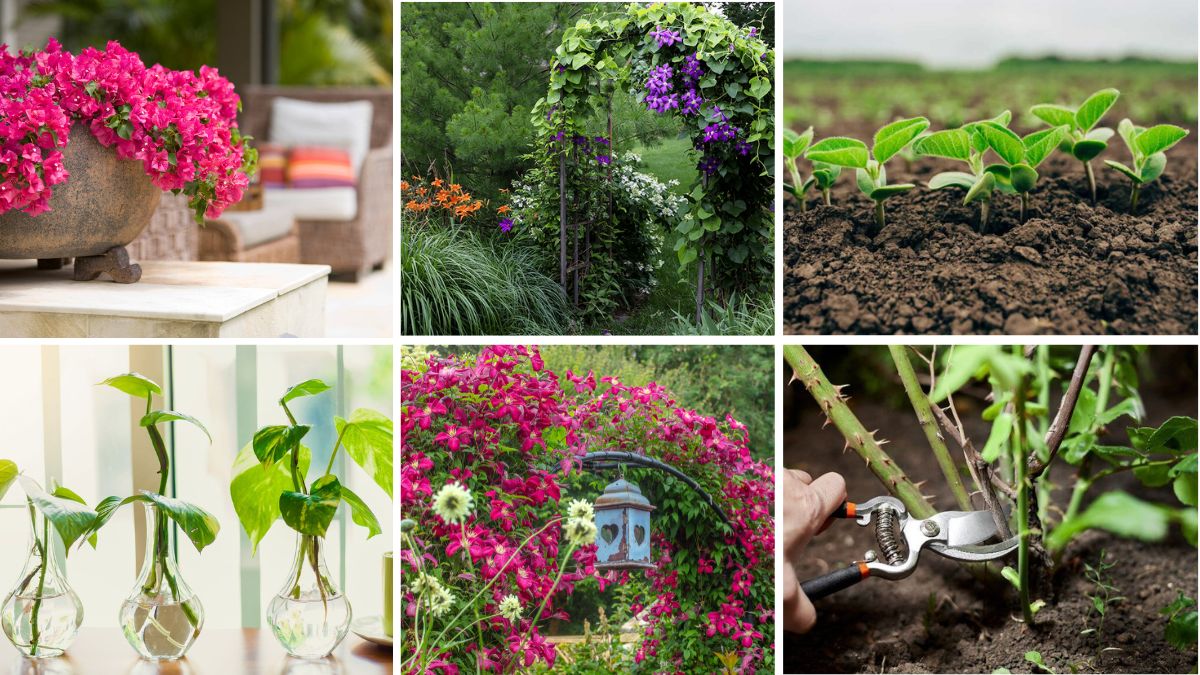Climbing plants are a natural and stylish solution for adding both privacy and shade to your outdoor or indoor spaces. Whether you have a balcony, garden, or backyard, these plants can transform bare walls, fences, and pergolas into lush, green retreats. They not only shield you from prying eyes but also cool down spaces during hot days while enhancing the aesthetic appeal of your home. Here are six practical tips to help you grow healthy, thriving climbing plants for maximum privacy and shade.
1. Choose the Right Climbing Plant for Your Climate

Selecting the right species is the foundation of success. For warmer regions, options like bougainvillea, jasmine, and trumpet vine thrive beautifully, while cooler climates may favor clematis, ivy, or climbing roses. Consider whether you want evergreen coverage for year-round privacy or seasonal blooms for bursts of color. Research the plant’s growth rate, hardiness, and maintenance needs before planting to ensure it’s well-suited for your area and intended purpose.
2. Provide Proper Support Structures

Climbing plants need something to grip and grow on, so a sturdy support system is essential. This could be a trellis, pergola, fence, wire mesh, or even a wall with a climbing aid. Some plants use tendrils (like passionflower), while others use twining stems (like morning glory) or aerial roots (like ivy). Matching the plant’s climbing method with the right structure ensures strong, even growth and a visually appealing finish.
3. Plant in Nutrient-Rich, Well-Drained Soil

Healthy climbing plants start with healthy soil. Use a nutrient-rich, well-draining soil mix to promote strong root growth. Adding compost or organic matter can boost fertility and water retention without making the soil soggy. For container-grown climbers, choose a large pot with drainage holes and refresh the soil annually to maintain vitality and prevent nutrient depletion.
4. Water and Feed Regularly

Climbing plants, especially during their initial growth phase, require consistent watering to establish roots. Keep the soil moist but avoid waterlogging, which can cause root rot. Once established, many climbers become more drought-tolerant, but regular watering during hot spells will help them flourish. Feeding with a balanced, slow-release fertilizer every 4–6 weeks during the growing season will also encourage lush foliage and abundant blooms.
5. Prune to Maintain Shape and Encourage Growth

Pruning is essential to control the spread of climbing plants, promote airflow, and encourage healthy new growth. Remove dead or damaged stems, and trim overgrown areas to maintain an attractive shape. For flowering climbers, prune at the correct time of year—some bloom on old wood and others on new shoots—so you don’t accidentally remove potential blooms.
6. Position for Maximum Light and Coverage

Where you place your climbing plant determines how quickly it grows and how much shade it provides. Most climbers thrive in sunny spots with at least 4–6 hours of sunlight daily, but some, like ivy, can handle partial shade. Plan the placement so the plant covers the desired area efficiently—whether it’s shading a patio, screening a balcony, or creating a green wall along a fence.
With these tips, your climbing plants will grow into lush, green curtains that provide both beauty and function. The right combination of plant choice, care, and positioning can turn your space into a private, shaded sanctuary that you’ll enjoy year-round.




